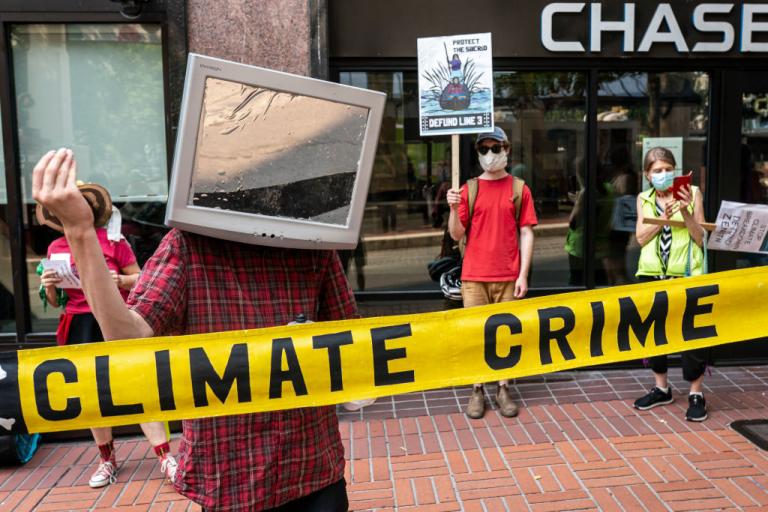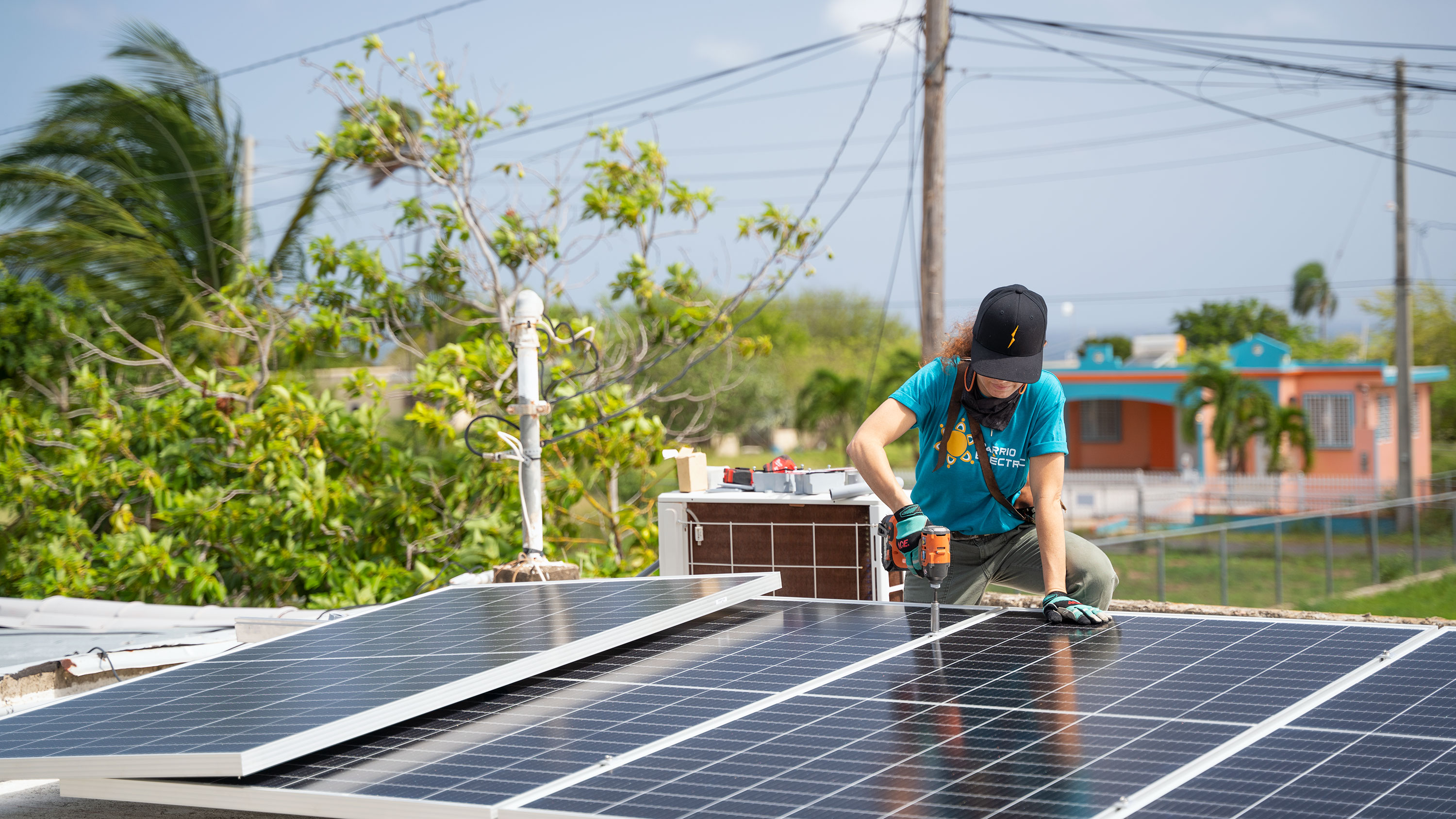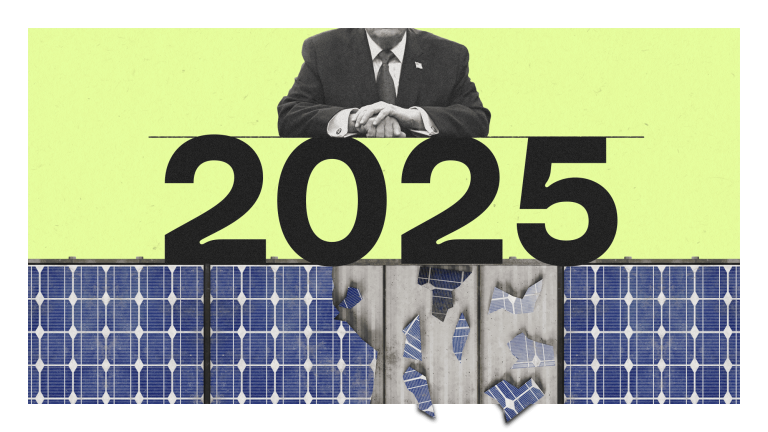When the electricity goes out in Puerto Rico, food and medicines spoil. Dialysis machines stop running. Water doesn’t flow, businesses shutter, and schools close. And while the energy grid’s fragility attracts national attention when a hurricane causes a blackout, Puerto Ricans constantly confront outages.
“In the mountains, it only takes a little wind and we are out of power,” said Crystal Díaz, who lives in Cayey, a town about 80 minutes south of San Juan. “We are an 800-family community, and we are without power at least once a week.” The cost of operating her produce-delivery business triples when the electricity fails because she must buy expensive diesel for generators, and sales come to a halt because customers can’t refrigerate food.
Such frustrations are common throughout Puerto Rico, an archipelago of 3.26 million people where residents have grown tired of an energy system they can’t rely on and a utility that has shown little ability to address the problem. Energy Secretary Jennifer Granholm visited last month — her fourth time since October — to hear firsthand from residents like Díaz. They told stories of neighbors having to choose between paying for electricity or buying food, and of mothers scrambling to find fuel to power generators for their children’s medical equipment.
“No other place in the country has this kind of horrible electric system. It’s just not right,” Granholm told Grist during her recent visit. “This island needs to have a full-on effort to be able to repair the grid.”
President Biden agrees. Two weeks after Hurricane Fiona left the entire archipelago without power last September, he directed Granholm to lead “a supercharged effort across the federal government” to repair the failing grid and accelerate its transition to clean energy. Granholm’s Puerto Rico Grid Recovery and Modernization Team is working with federal and local agencies and six national laboratories to provide resources and technical assistance. It’s also conducting a two-year study, called PR100, on the best path to renewable energy. “We’re doing everything, everywhere, all at once to be able to make this happen,” said Granholm.
Such a transformation will take years, something Puerto Ricans living with the economic and health consequences of unreliable and unaffordable electricity can’t spare. As part of the undertaking, Biden got Congress to approve the $1 billion Puerto Rico Energy Resilience Fund to deliver reliable, affordable power to the most vulnerable residents as quickly as possible.
The department wants to start disbursing the resilience fund by the end of this year. But first it must determine which communities to begin with, how to serve people with the greatest need, and what strategies will have the widest reach. For that, it has turned to those in the best position to know: Puerto Ricans themselves.
“Getting into these communities where we haven’t been before and hearing the wisdom of those who live there is so important,” Granholm told Grist after a town hall in the city of Mayagüez. “It’s not going to be done right unless we consult with the people who are here.”
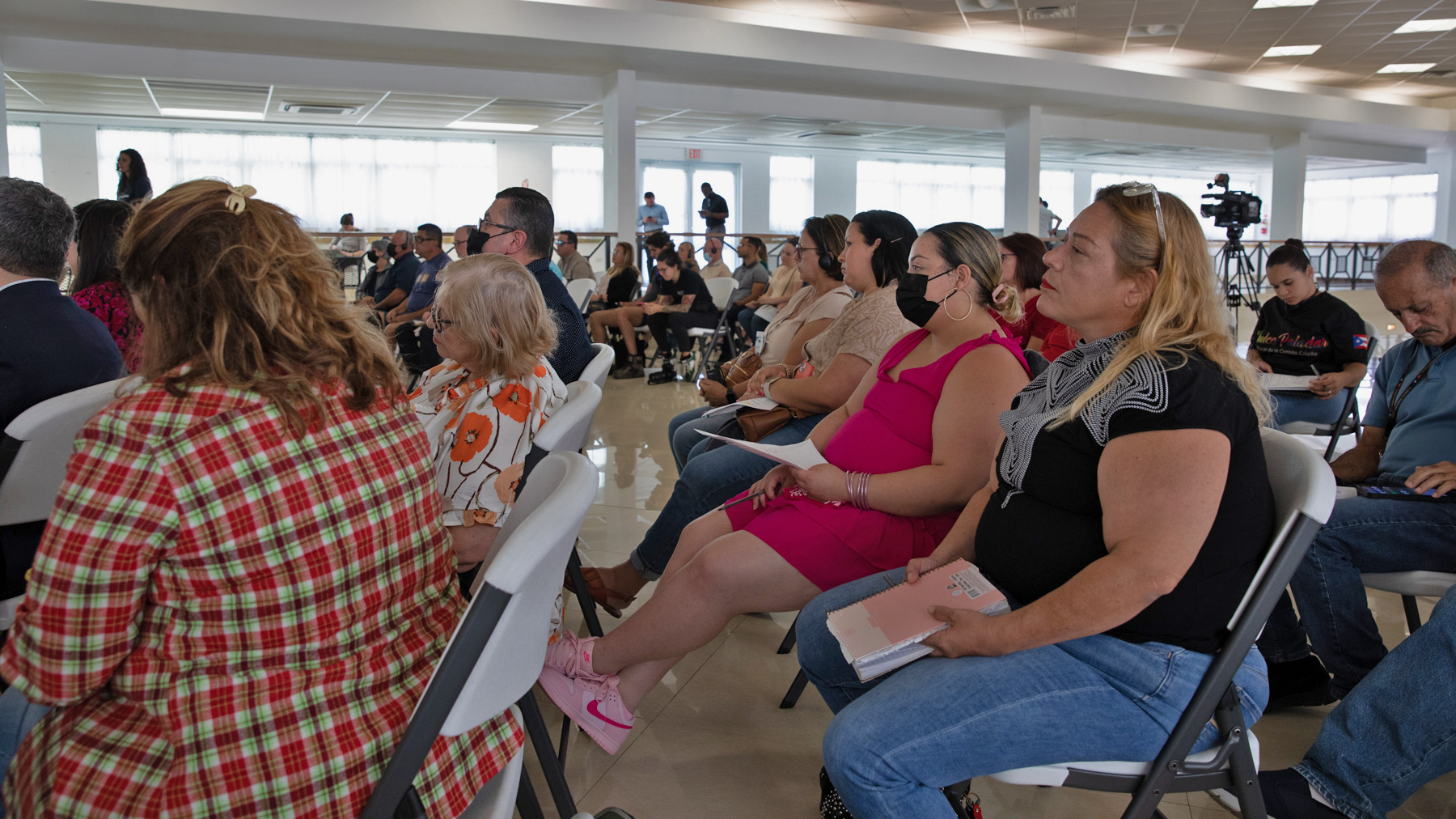
The people of Puerto Rico are already harnessing effective solutions. In packed town halls, intimate home visits, and lively industry round tables, one person after another told Granholm and her Puerto Rico Grid Modernization Team about their visions of decentralized, community-centric energy systems. What they need most, they said, is support to amplify those solutions, and to make sure they reach the people who need them most.
Puerto Rico’s energy system was already in trouble before the devastation of Hurricane Maria in 2017. Its infrastructure was aging and ill-maintained, and both the U.S. territory and its public utility declared bankruptcy months before the storm. That kicked off a privatization process in which the utility transferred management of its transmission and distribution to the Canadian-American company Luma Energy in 2021. Its energy generation, which depends almost completely on fossil fuels, will transfer to another U.S. company in July.
Luma promised to fix the failing lines, towers, and substations, but Puerto Ricans say conditions haven’t improved. Thousands protested in frustration last fall, going so far as to leave refrigerators damaged by power outages at the gates of the governor’s mansion in Old San Juan. Even as energy remains unreliable, its cost rises: Puerto Rico’s electricity rates are more than twice the average rate in the U.S. because of fuel imports, and could rise more due to the debt restructuring.
The first task in strengthening energy resilience is identifying the residents who need it most. While there are a handful of regions that tend to experience the worst outages, vulnerable households — those in which losing power threatens the health of the elderly or those who rely upon medical equipment — dot the entire archipelago.
A study from the University of Puerto Rico, Mayagüez, found that 200,000 households went more than five months without power after Maria. Most were in the mountainous interior of the main island. Roughly 62,000 of them waited 11 months for power. As many as 4,400 people died in the months after the Category 5 hurricane, a staggering number that is linked to the loss of basic services that require power.
“We need to reimagine what critical infrastructure means,” Marcel Castro, a professor of electrical engineering at the university and an author of the study, said. “If one person would die because of a lack of power, that house is critical energy infrastructure, and it needs to be equipped with alternatives to save that one life.”
Rooftop solar and backup battery systems are a rapid and direct way to answer these needs. Installation of photovoltaic, or PV, systems across the archipelago has increased tenfold since Maria. But in a place where the median annual income is $21,967, the technology remains beyond reach for many.
A complete system can cost $30,000 to $35,000, but Castro said not everyone needs that. Installing a solar system capable of providing enough power to keep the lights on, the fridge and essential medical gear running, and the phone charged could cost as little as $7,000 to $10,000.
Microgrids are another attractive solution, and something the town of Castañer has adopted. It is one of many communities nestled in the mountain ranges in the core of the main island, where dense vegetation conflicts with power lines, causing frequent outages. Some of them are only accessible by narrow, winding roads that are impassable after a bad storm. Residents told Granholm they feel forgotten by the government. “When the power goes out, it can be a week to get it back,” said a man at a town hall in the town of Adjuntas. “We have not been a priority.”
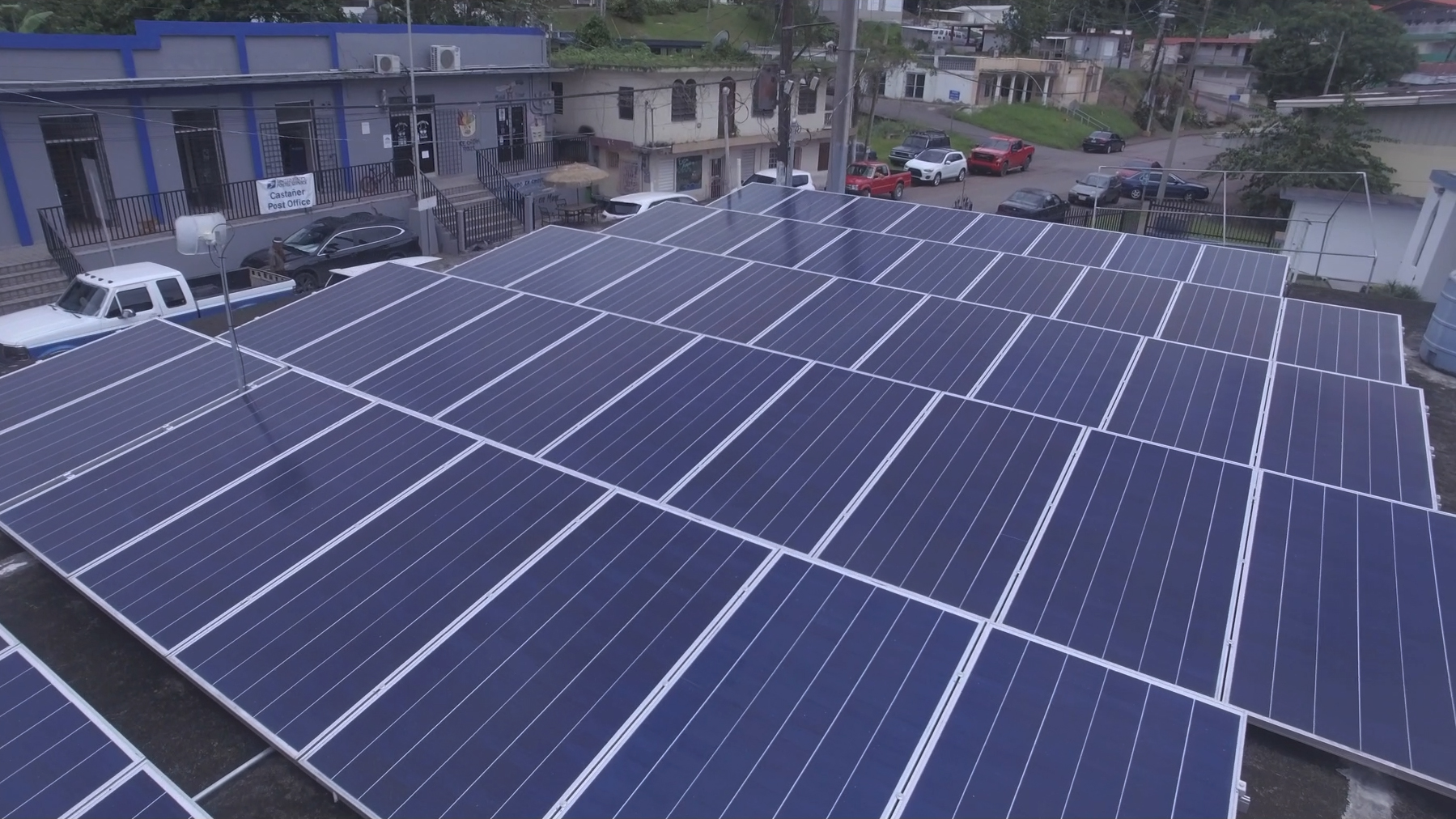
The two grids in Castañer power seven businesses, including a bakery and a grocery store, and two neighboring homes. Business owners benefit from lower electricity bills and the comfort of knowing the backup batteries will keep them open for eight to 10 hours after an outage. Under the microgrid contract, businesses agree to let residents plug in phones and refrigerate medicines during an outage. After Hurricane Fiona cut power to the community last September, a woman powered her lung therapy equipment at the local ice cream shop.
“We focus on stabilizing communities,” C.P. Smith, president of Cooperativa Hidroeléctrica de la Montaña, which operates the microgrids, told Granholm as they stood in the town plaza. “We energize the businesses, because the people can come and get chilled milk and fresh food.” Smith said the cooperative wants to build six to eight more microgrids in neighboring towns within the next 18 months.
Models like this provide a most basic line of resilience, but Puerto Rico also needs residential solutions that provide reliable power to those who can’t leave their homes to find it, and to alleviate the burden of outsized electricity bills.
About 40 miles northwest of Castañer in the coastal town of Isabela, the nonprofit Barrio Eléctrico offers residential PV and battery-storage systems as a service. Residents can have one installed for a $25 initiation fee and a $120 deposit. Their monthly electricity bills are reduced by about half. Since they don’t own the infrastructure, if a panel fails or the battery needs to be replaced, they don’t face a repair they can’t afford. The nonprofit has done 36 installations so far. It hopes to do 1,500 by the middle of 2024.
Barrio Eléctrico is able to offer such reduced rates by attracting U.S. investors who can take advantage of federal solar tax credits, which are unavailable to Puerto Ricans. The credits lower the overall cost of financing the systems, and Barrio Eléctrico passes the savings on to residents like Arlyn Pagán, whose system was installed in March.
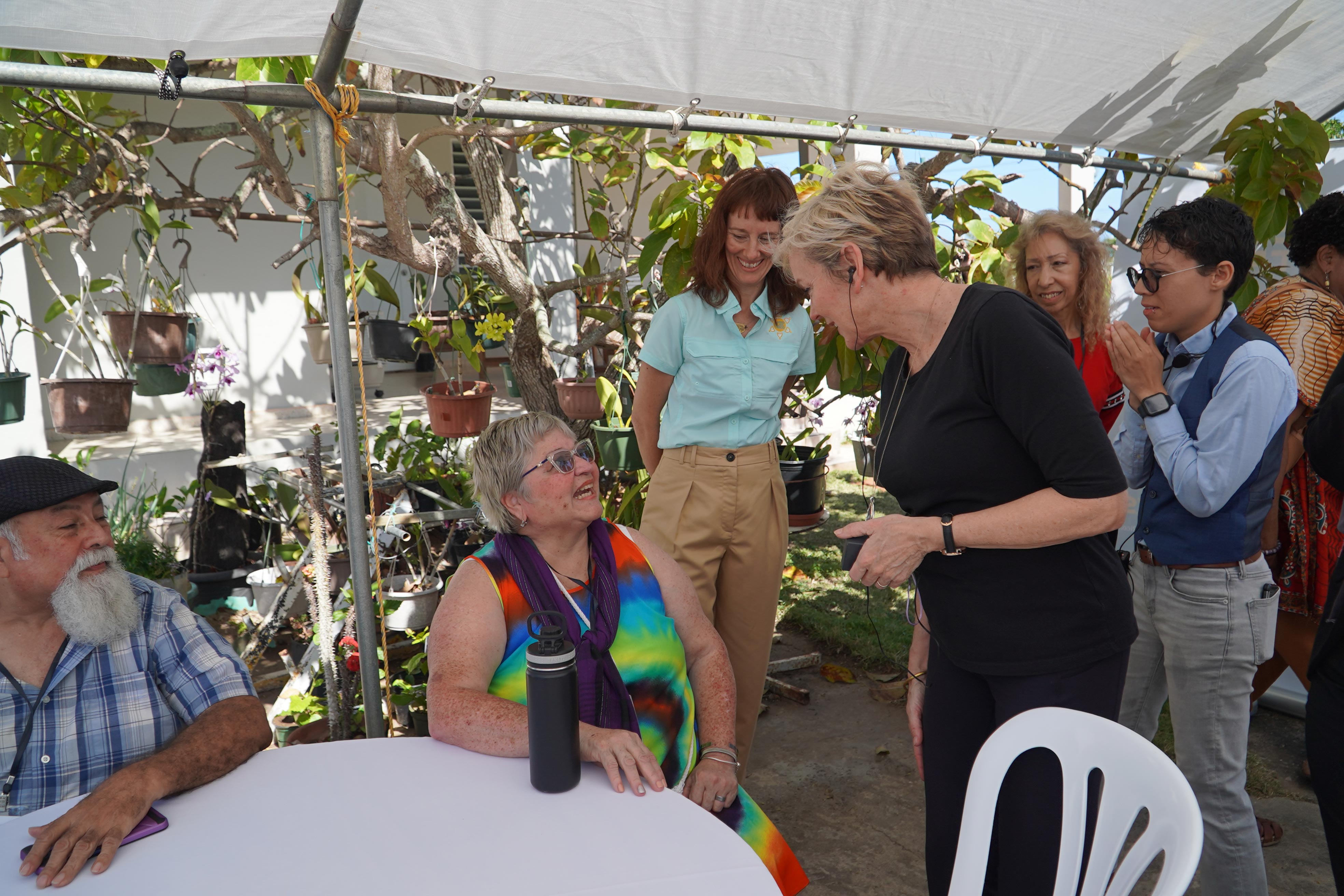
“I am diabetic and asthmatic, and I need power for my breathing machine and refrigeration for my medicines,” she told Granholm in the shade of the yard of a neighbor who had also installed a system. “We are telling everyone it’s the best thing we can do, for our health and our pockets.”
If the Biden administration spent the Puerto Rico Energy Resilience Fund only on single-family residential rooftop systems, which typically cost $30,000 to $35,000, the billion dollars would only cover about 30,000 homes. Local frustration over the Puerto Rico housing department’s recent chaotic rollout of a voucher program for $30,000 PV systems showed the pitfalls of simply giving away systems piecemeal.
“Lotteries and giveaways are not sustainable, and they are not just,” said Jorge Gaskins, board president of Barrio Eléctrico. “In the event of another Hurricane Maria blackout – some of us will live and some of us will die?”
Advocates of projects like those in Castañer and Isabela say federal money can go much further by funding community-driven models that can use the financing to boost their reach. “We need to lever the money from the federal government, so that every dollar that comes in, we can do $3 worth of projects,” said Jose Monllor, financial advisor for the Cooperativa Hidroeléctrica de la Montaña.
Nor will the money have much effect if it is used only for hardware. More than half the homes that Barrio Eléctrico visits need repairs or other improvements. Thousands of homes throughout Puerto Rico still bear the damage of hurricanes. Another University of Puerto Rico, Mayagüez study found that 75 percent of the homes in a neighborhood near campus had roofs too storm-wrecked to support panels or were missing altogether.
“If you only give money for PV but not roofs, you exclude three-quarters of the people here,” Agustín Irizarry, a professor who was part of the study, told Granholm during a visit to the university’s Microgrid Laboratory. He also said there will need to be a robust workforce-training effort, something that has been hampered by education cuts imposed by the bankruptcy debt restructuring.
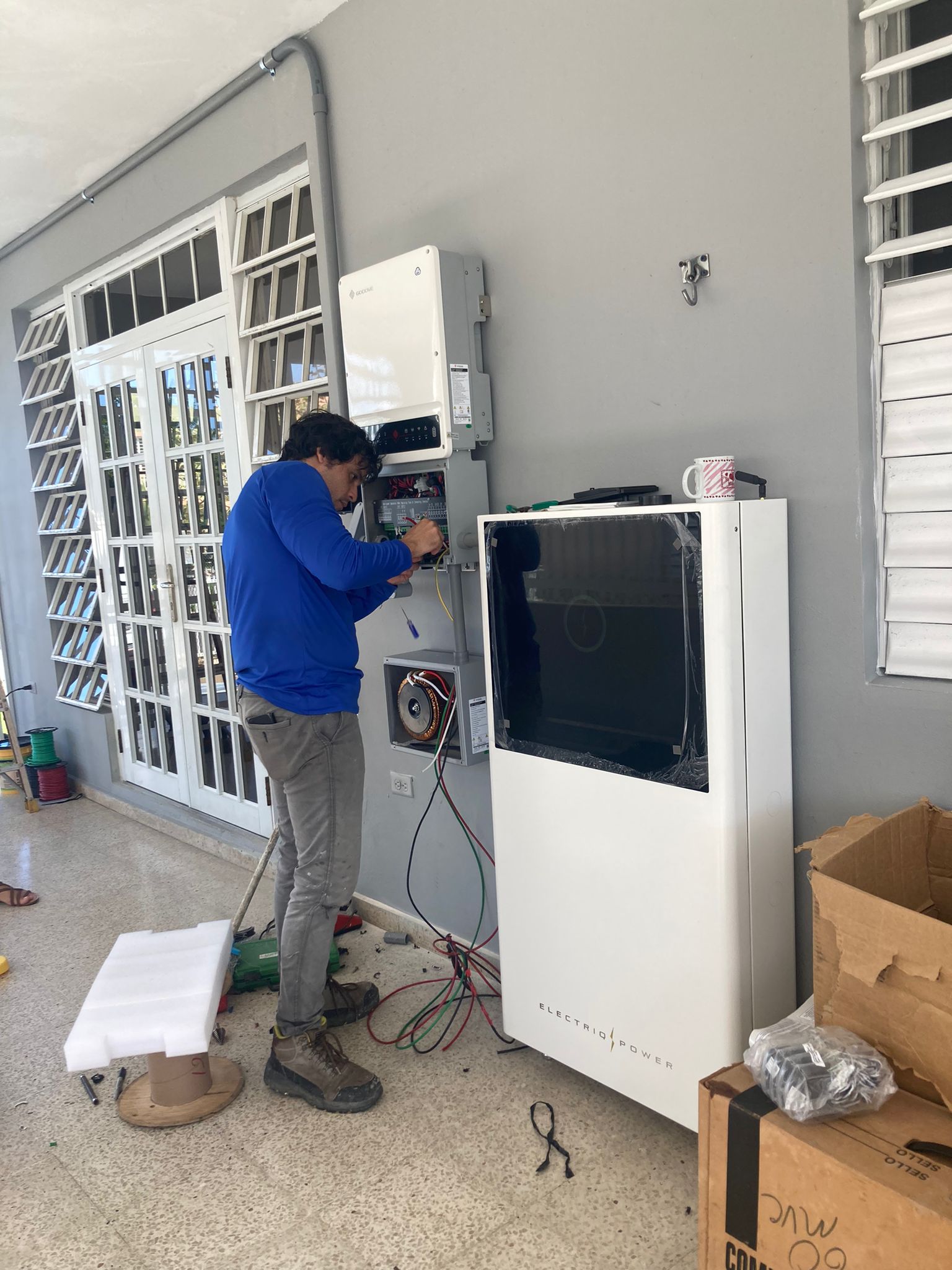
There’s another challenge that implementing a program like this will face: A 125-year colonial relationship with the United States and chronic inaction by local and federal governments have fostered hesitation, if not outright mistrust, of government assistance. In every town hall, people raised those concerns. “How do you measure that this was really for the people?” a woman asked Granholm in Adjuntas. “Because in my experience, other interests enter that don’t care about people.”
“We need to earn your trust,” Granholm responded. “The proof will be in the pudding.”
The department plans to start seeking proposals by summer, and begin funding them by the end of the year. If the resilience fund fulfills its promise, it will help bring energy sovereignty to people across the archipelago. That would save lives. It would also relieve people of the anxiety of wondering when the next interruption will come.
A woman in Castañer told Granholm just how life changing that can be. Norma Medina had lived in her house for 48 years. It was now connected to one of the microgrids. “During Hurricane Maria, we suffered a lot,” she said. “Now I can sleep in peace.”
